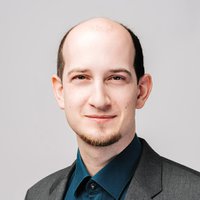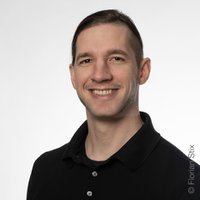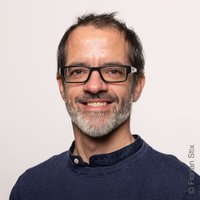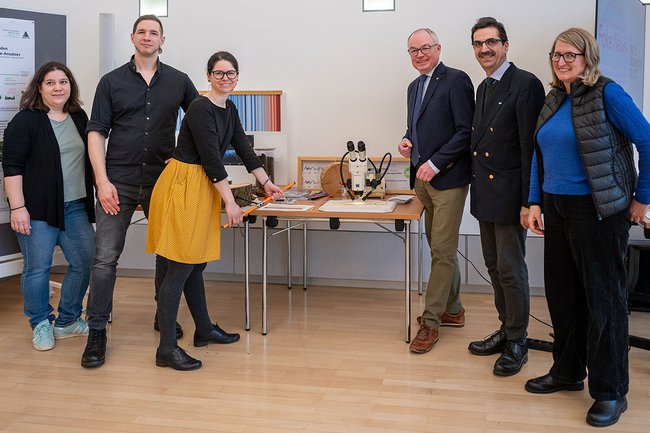When Citizens Become Researchers
The province of Lower Austria promotes citizen science – and the St. Pölten UAS take action with several projects.
The province of Lower Austria supports 14 citizen science projects with a total of five million euros and presented some of them this week, including two projects by the St. Pölten UAS.
Package for More Citizen Participation in Science
Together with Martin Gerzabek from BOKU University (Vienna), Bettina Pospisil from the University for Continuing Education Krems, and Bernhard Engelmann from the St. Pölten UAS, Vice Governor Stephan Pernkopf presented the citizen science package endowed with five million euros for more citizen participation in science within the framework of a press conference at the provincial government office in St. Pölten.
“As a new approach to research, citizen science has the potential to revolutionise science and inspire people for science and research”, said Pernkopf.
He added that citizen science enables a better life in Lower Austria: “Citizens and scientists come together in voluntary collaboration to conduct research for a better world.” For the Vice Governor, citizen science means “contributing one’s knowledge to generate better data. The decisive factor is that professional experts and volunteers work together. This co-research fosters collaborative developments.”
School Pupils against Disinformation
Bettina Pospisil from the University for Continuing Education Krems introduced the project “Young Citizen Scientists against Disinformation” in which the St. Pölten UAS is also involved. “We want to turn adolescents themselves into researchers in order to learn from them what disinformation means to them in the first place – but also which kind of information they are confronted with on a daily basis”, explained Pospisil with reference to fake news in social media.
Research for Improved Health with Arthritis of the Knee Joint
Bernhard Engelmann from the St. Pölten UAS presented the project “Access” which examines biomechanical biomarkers in order to predict physical function and health in patients with knee arthritis.
“We make use of innovative technologies such as smart phone cameras, cloud computing, and artificial intelligence to find biomechanical data for knee arthritis patients”, explained Engelmann.
Previously, he added, this was possible only in special gait labs – but now virtually everywhere. This turns physiotherapists and their patients into scientists themselves: “It goes without saying that this generates an unprecedented diversity and better sample sizes”, Engelmann concluded.

Dipl.-Ing. Dr. Lukas Daniel Klausner , BSc
Researcher Institute of IT Security Research Department of Computer Science and Security
Bernhard Engelmann , MAS
Junior Researcher Institute of Health Sciences Junior ResearcherCenter for Digital Health and Social Innovation Department of Health Sciences

Mag. Mark Hammer
Section Head PressMarketing and Communications
